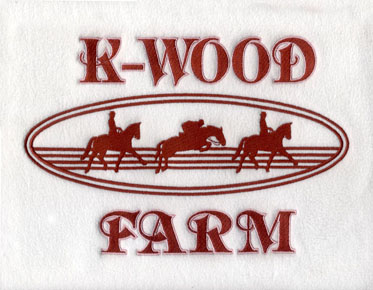Tips and Tricks for Working with Satin Stitch Digitizing Embroidery
Embroidery digitizers are always looking for ways to take their craft to the next level. One stitch type that can help you achieve that is the satin stitch. Satin stitches are dense, smooth, and shiny, giving your designs a professional and polished look. In this article, Eagle Digitizing will explore what satin stitch embroidery is, how it works, and how to best use this stitch type in your machine embroidery projects.
What Is An Embroidery Satin Stitch?
Satin stitch is a filling stitch that creates a smooth and glossy finish. It is achieved by stitching parallel rows of tightly spaced stitches over a designated area, creating a solid, flat, and dense surface. Satin stitches can vary in width, making them ideal for filling in large areas or creating intricate details. They are commonly used to fill in letters, logos, and other designs that require a smooth, shiny finish.
How Does Satin Stitch Embroidery Work?
The satin stitch works by making a stitch on one side of a line and then moving the needle to the opposite spot. The stitch is locked in there, and then the needle returns to the next stitch, which is nestled against the first. Step by step, this creates a zig-zag appearance with straight stitches.
A satin stitch is simply a zig zag stitch in which the length (distance from each other) is very small, so the threads lay side by side.
Using Satin Stitches In Machine Embroidery
Although the satin stitch is less durable than shorter stitches, like the tatami stitch, it can still be used in most of your embroidery designs. It is important to note that satin stitches can easily be snagged or frayed, especially when using delicate materials like silk or rayon. However, with the right care and attention, you can still achieve beautiful results.
When using embroidery digitizing to create satin stitch designs, underlay can be added to enhance the stitch's concave nature and create a dimensional effect. The stitch length and width, which can range from 1 to 12mm, as well as the stitch density, which controls the space between each duplicate stitch, can also be adjusted to achieve the desired effect. Additionally, experimenting with the angle or direction of the stitch can create unique visual effects and help lengthen the throw of thread within very small satin stitch borders.
Satin Stitch Embroidery Width Limits
The satin stitch is a versatile embroidery stitch that can be used for various purposes, such as creating lines, small objects, lettering, and fills. However, it is important to keep in mind that there are certain limitations when it comes to the stitch width.
Stitching a line that is below 1.5 mm with satin stitch may not yield the desired shiny surface as the needle may not have enough room to carry the decorative thread across the line. On the other hand, going above 10 mm may not be possible as most home machines have a stitch length limit of 10 mm. In such cases, the machine will skip or tie off each stitch until the length goes below 10 mm. However, many commercial machines have the capability to stitch up to 12 mm.
Therefore, it is recommended to stay within the range of 1.5 mm to 10 mm when working with satin stitch to ensure that the decorative thread is carried across the design effectively without damaging the fabric or the thread.
Embroidery Stitches Satin Angles
Satin stitches can also be angled in different directions, creating unique effects in your embroidery designs. By angling your satin stitches, you can create a sense of movement, depth, and texture in your designs. Experimenting with different angles can also help you create more complex designs and add interest to your embroidery.
In conclusion, satin stitch
embroidery is a versatile and popular stitch type that can elevate the look of
your machine embroidery projects. By understanding the basics of satin
stitching, considering the factors that impact its success, and experimenting
with different widths and angles, you can create stunning designs that stand
out. So go ahead, and try incorporating satin stitches into your next
embroidery project - the possibilities are endless! If you need help, you can
contact us at Eagle Digitizing, we can help you create artwork and digitizing file at a reasonable price.

